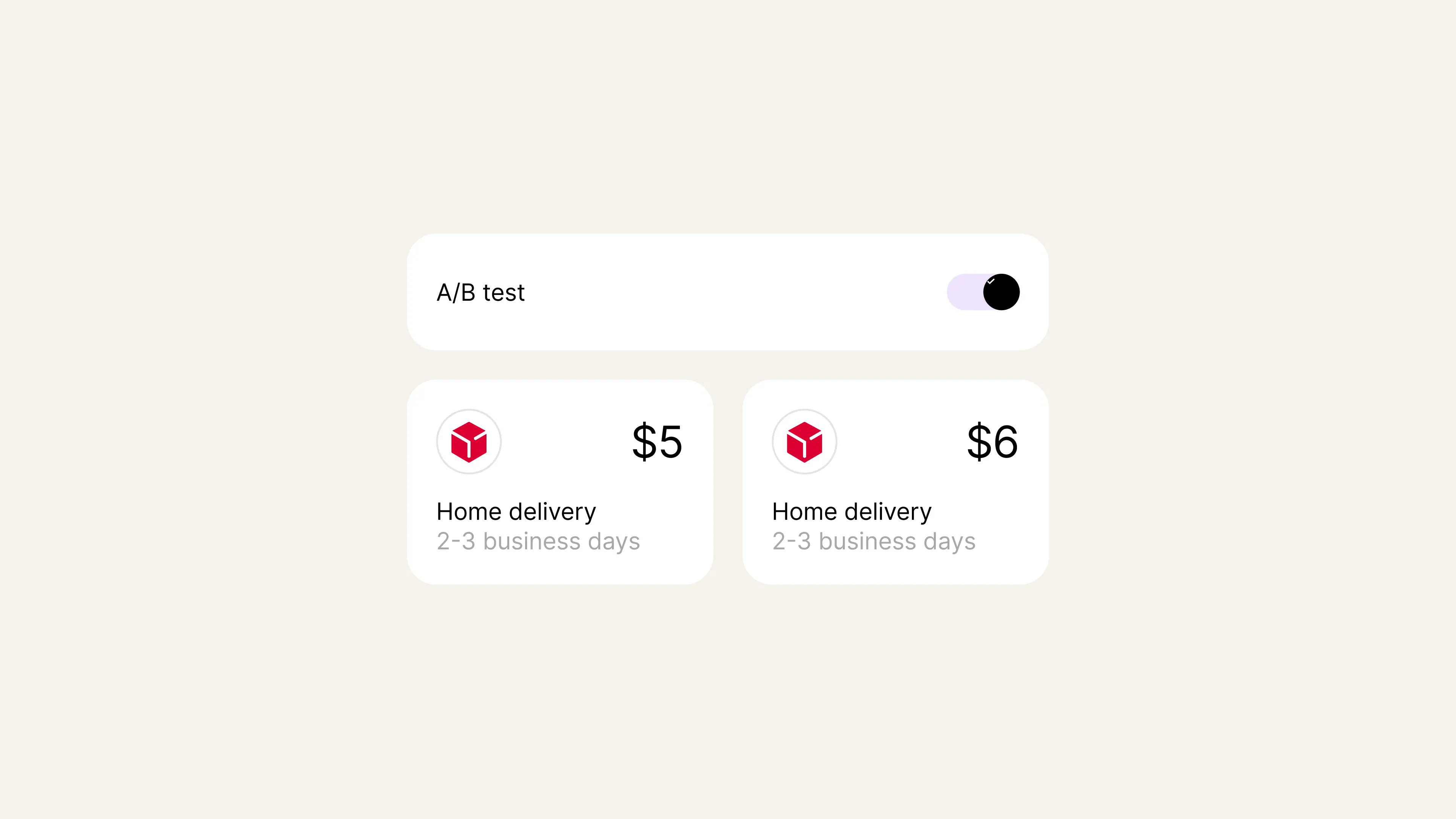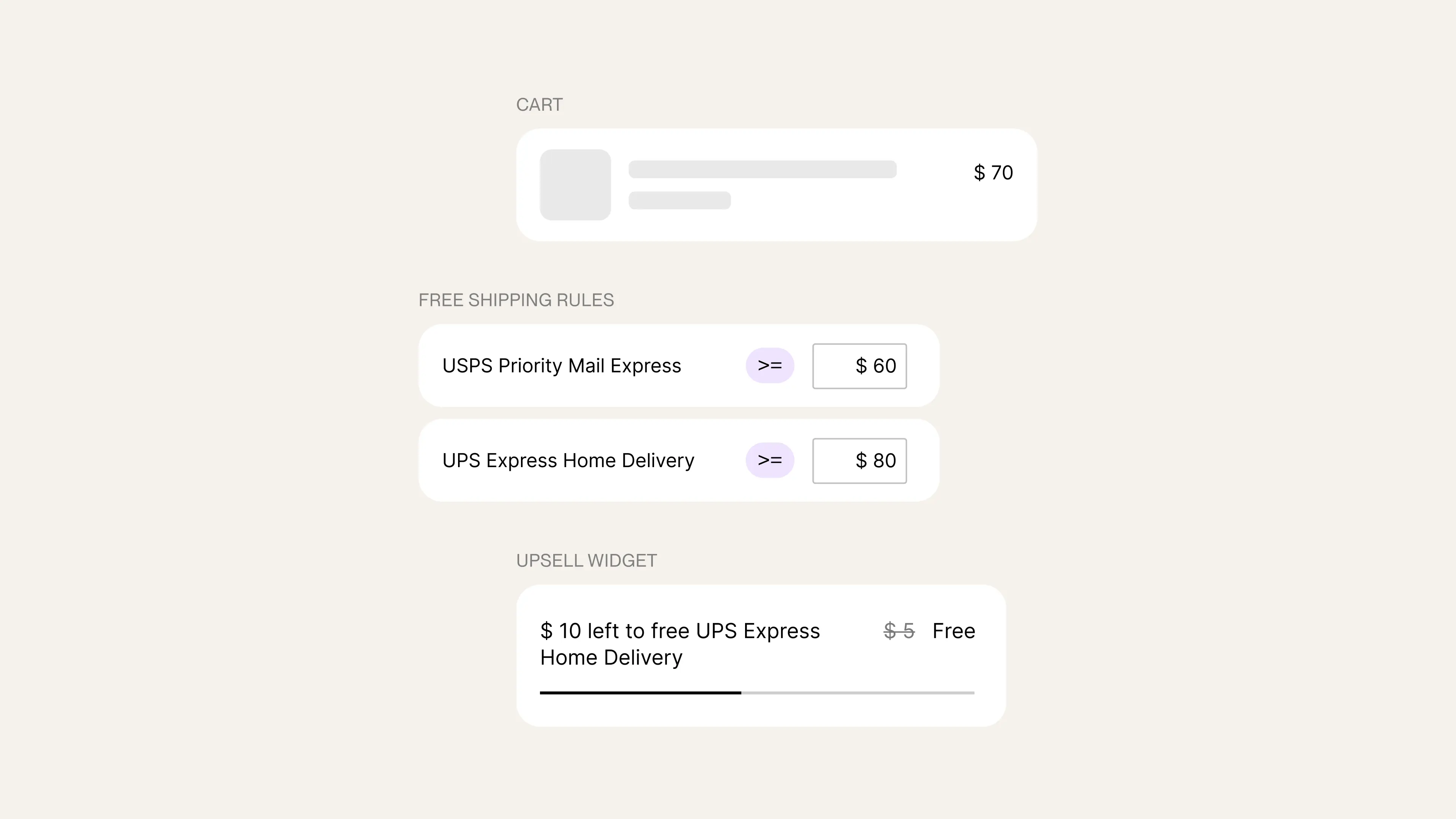If you're a cross-border e-commerce company researching US tariffs, you're likely concerned about how these new policies could impact your business. You either absorb these extra costs or pass them partially or fully to your customers. With duty-free benefits eliminated and customs procedures increasingly complex, European e-commerce faces volatile operational costs, shrinking profit margins, and unpredictable customer demand.
Understanding de minimis and Trump's tariffs
Import tariffs are government taxes on foreign products, typically used to fund public spending, protect local manufacturers, or negotiate better trade terms internationally. For instance, with a 10% duty, an item priced at £10 incurs an additional £1 tax, making the importer's total expense £11.
Since taking office in January, US President Donald Trump imposed import duties on foreign goods and threatened more to promote US products and raise revenue in response to the US goods trade deficit, which hit $1.2 trillion in 2024. He targeted imports from about 60 trading partners, including the European Union and China, which the White House called "the worst offenders" who deserve high tariffs for unfair trade practices.
On July 30, 2025, he signed an executive order eliminating the de minimis exemption globally, the $800 threshold below which imported goods could enter the US without customs forms, brokerage fees and import duties.
"From August 29, 2025, every package entering the US, regardless of value," Luke Hodgson from Commerce Thinking explains, "will require complete commercial entry documentation of Type 86 or Type 01/11, full 10-digit HTS classification and detailed product descriptions; import duties based on product classification; customs brokerage processing with expanded data requirements, and extended clearance times due to increased US Customs and Border Protection (CBP) scrutiny. The $800 party is over."
The UK secured the lowest US tariff rate so far at 10%. Meanwhile, the US and EU reached a trade deal after months of standoff between the world's two largest economic partners, agreeing on a 15% tariff on all EU goods — half the 30% rate Trump had threatened earlier.
Critics point to global economic disruption and warn of higher prices for US consumers. UK and EU e-commerce businesses now face dual pressures of shrinking margins and higher production costs from tariffs and unpredictable delivery expenses to reach US customers.
Transfer pricing implications
The tariff situation becomes more complex when transfer pricing rules between countries come into play, ensuring profits are taxed in the right jurisdiction. For example, if a brand establishes a US legal entity that purchases wholesale and resells at manufacturer’s suggested retail price (MSRP), the profit remains and gets taxed in the US. Other costs — like design, marketing, and overhead — stay in the original country, like the UK.
This structure effectively shifts profit away from the home market, draining the UK company's resources and potentially making the home market unprofitable. Many retailers find themselves revising their cross-border expansion plans — these increased expenses indicate that the US no longer presents the attractive growth prospects it once offered.
You need to act now
Brands that move decisively will gain the long-term advantage. With policy changing rapidly, those unable to adapt to high fulfillment, shipping and delivery costs quickly will find themselves at a disadvantage.
If you’re on a legacy e-commerce tech stack, meaningful operational and strategic changes take weeks or even months to implement. "Some of our clients have accelerated their replatforming timelines because they recognize that moving to a scalable e-commerce platform will enable them to remain agile," Hannah Smiddy, Marketing Lead at Swanky (Shopify Platinum Partner), says.
Shipping and delivery are the second highest business costs, and US consumers want affordable and flexible delivery options, like next day delivery to the East Coast. As a retailer, you need a multi-channel, multi-market, multi-carrier strategy. That's what makes delivery so complex.
"Continuous delivery strategy A/B testing and smart delivery checkout logic ensure profitable retail operations," André Sikborn Erixon, VP of Growth at Ingrid, recommends. "As soon as US tariffs impact your bottom line, you can adjust shipping prices based on real-time experimentation data without damaging conversion."
"By analyzing tariff impact based on country of origin (COO) and average order value (AOV), we help retailers adjust product pricing and shipping costs including duties," Roee Stimler, Global Partnerships Manager at Global-e, says. E-commerce solutions like these help brands quickly adapt their pricing when tariffs change.
It's important to understand that although changing tariffs represent potential temporary losses, Trump's policy and trade deals are expected these fluctuations regularly, so today’s unfavorable conditions may benefit you tomorrow.

There's no hiding it
With the ongoing economic volatility, it’s now more important than ever to be transparent in your customer service. Your US customers are understandably confused about tariffs and they will notice the impact in higher price tags and longer fulfillment timelines. The way you handle their questions can significantly influence both conversion and retention.
Fast, empathetic and honest communication from your customer service team can help boost consumer confidence and nurture long-term loyalty. Be upfront and honest about the impact that tariffs are having on costs and fulfillment timelines.
"Use dynamic, location-based messaging on your website, as well as email and social media, to keep consumers informed of any changes to pricing and delivery," Hannah Smiddy suggests. "We recommend A/B testing your messaging to determine which approach resonates best with your audience."
Automation and AI can streamline customer service operations, minimize manual admin, and drive customer satisfaction at scale. Solutions that offer pre-built responses to FAQs help reduce repetitive tasks, speed up response times, and ensure consistent, high-quality service.
Delivery promises make or brake sales
When retailers promise a delivery timeline, customers expect them to keep it. Your checkout experience must set accurate expectations and alert customers to potential delays or additional fees. Display precise estimated delivery dates whenever possible. Consider adding checkout notifications about potential customs delays to prevent surprises and avoid those dreaded 'Where is my order?' (WISMO) inquiries.
Once they buy, shoppers consider the product theirs and eagerly track its progress. To build trust and reduce delivery anxiety, keep customers informed throughout the parcel delivery process with order confirmations and tracking updates. Notify them immediately of any delivery date changes, whether earlier or later than expected.
Also, your free shipping threshold needs to increase — and if you don't have one, what are you doing? "Anything under $75-100 may no longer be viable," Luke Hodgson says. At the consideration stage, display shipping costs, factoring in all duties and fees, right on the product page to avoid any checkout surprises. Set clear expectations about the total order value and encourage shoppers to add more items to cart to qualify for free shipping — turn browsers into paying customers and protect your shrinking margins.

Whether responding to tariff changes, adapting to local preferences, or adjusting fulfillment strategies, retailers must build flexibility into international operations from the outset. The ability to quickly pivot pricing, delivery options and positioning based on real-time data isn't optional — it's a competitive necessity. The most successful brands leverage integrated platforms that can handle these complexities while maintaining operational efficiency. Book a demo to explore how Ingrid can help you optimize your delivery for top-line growth.







